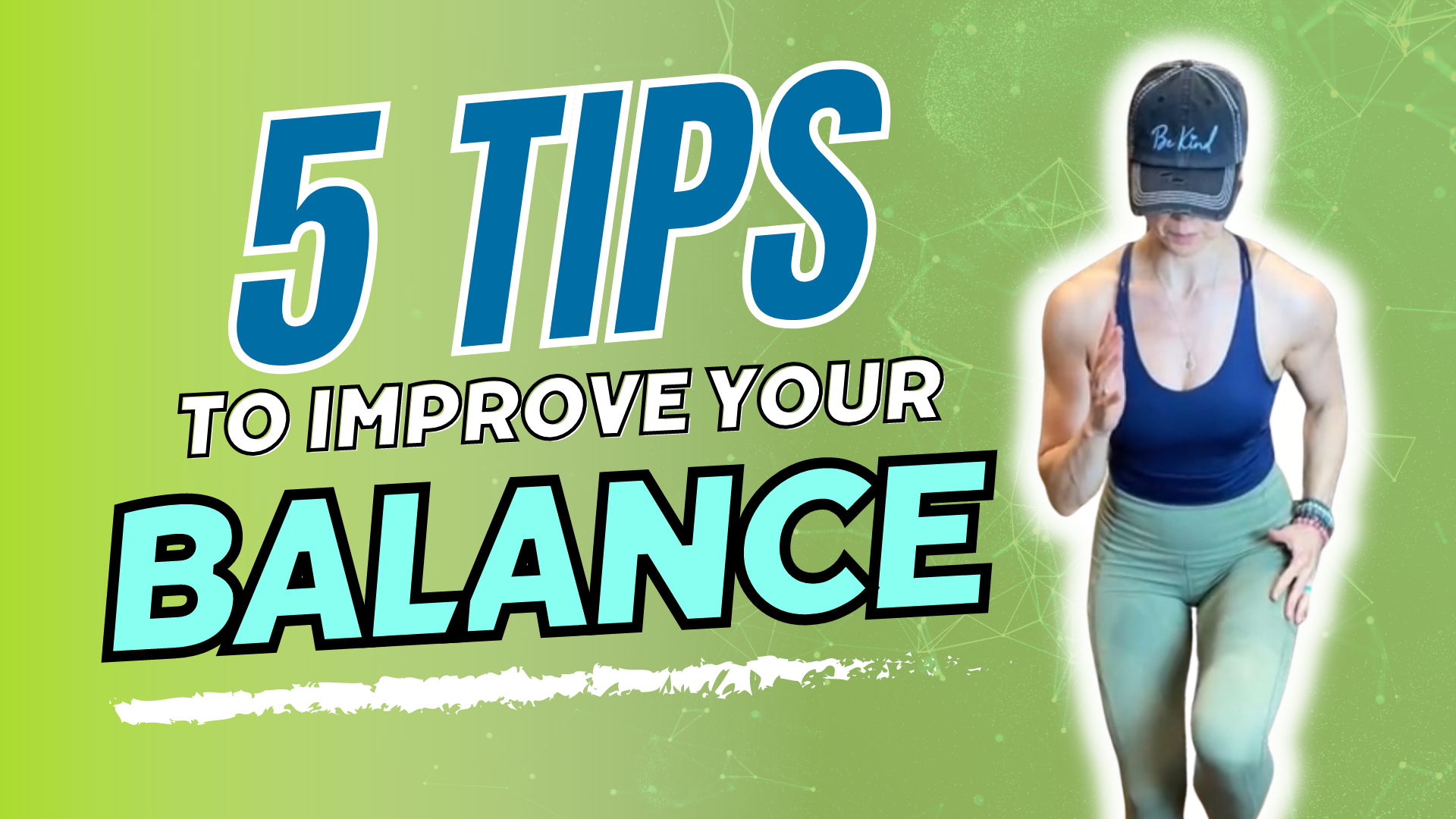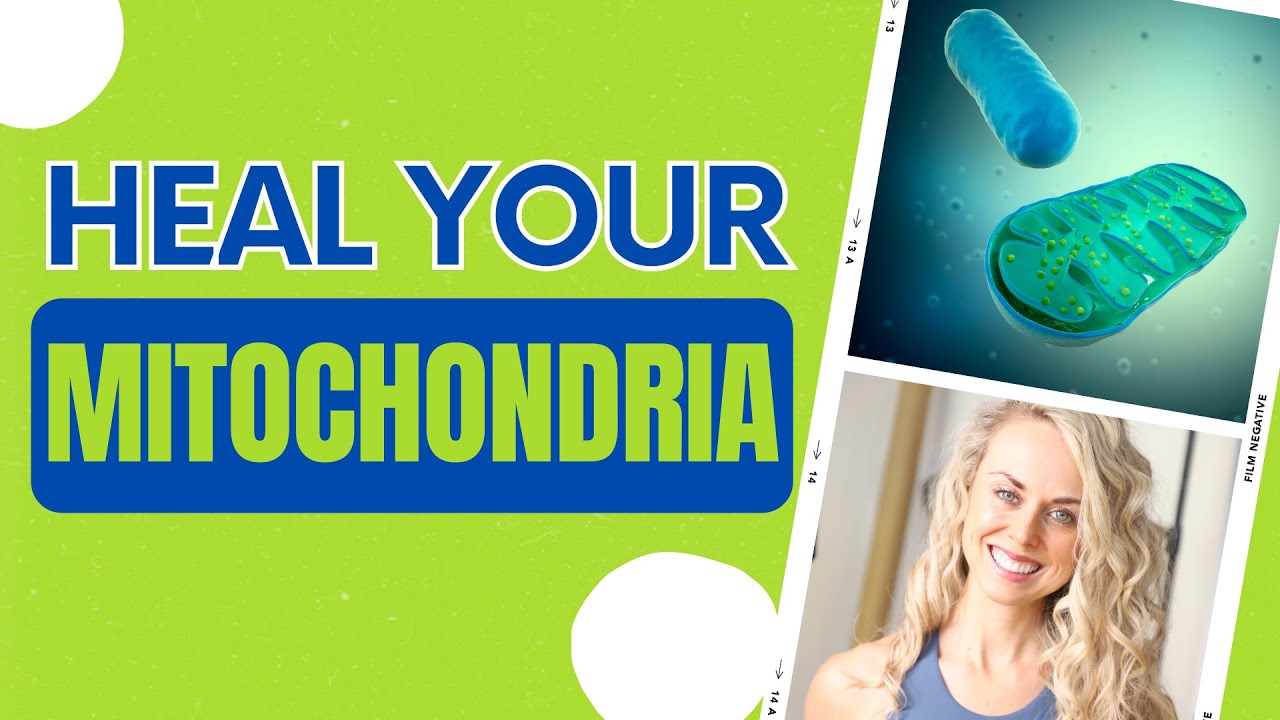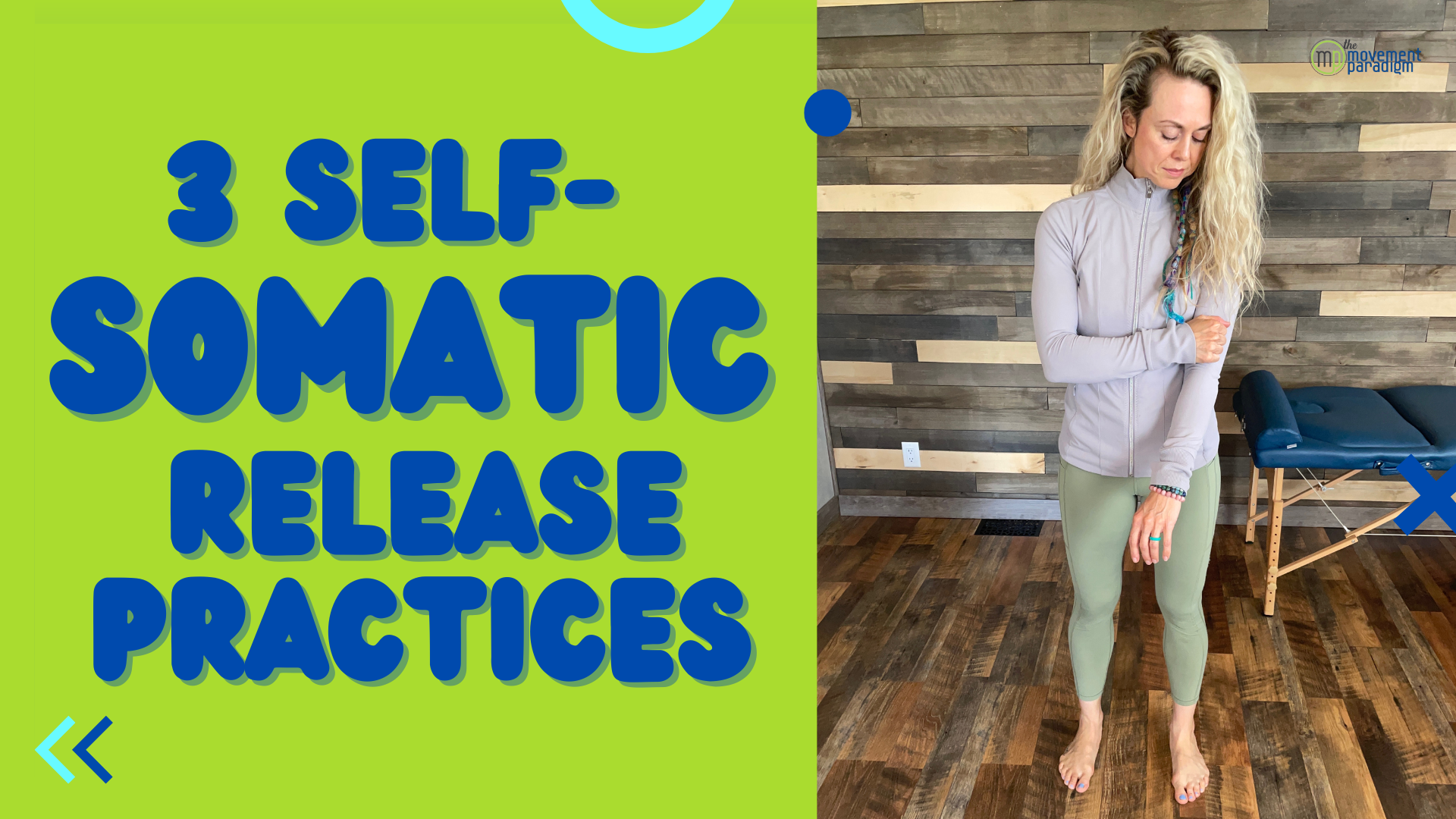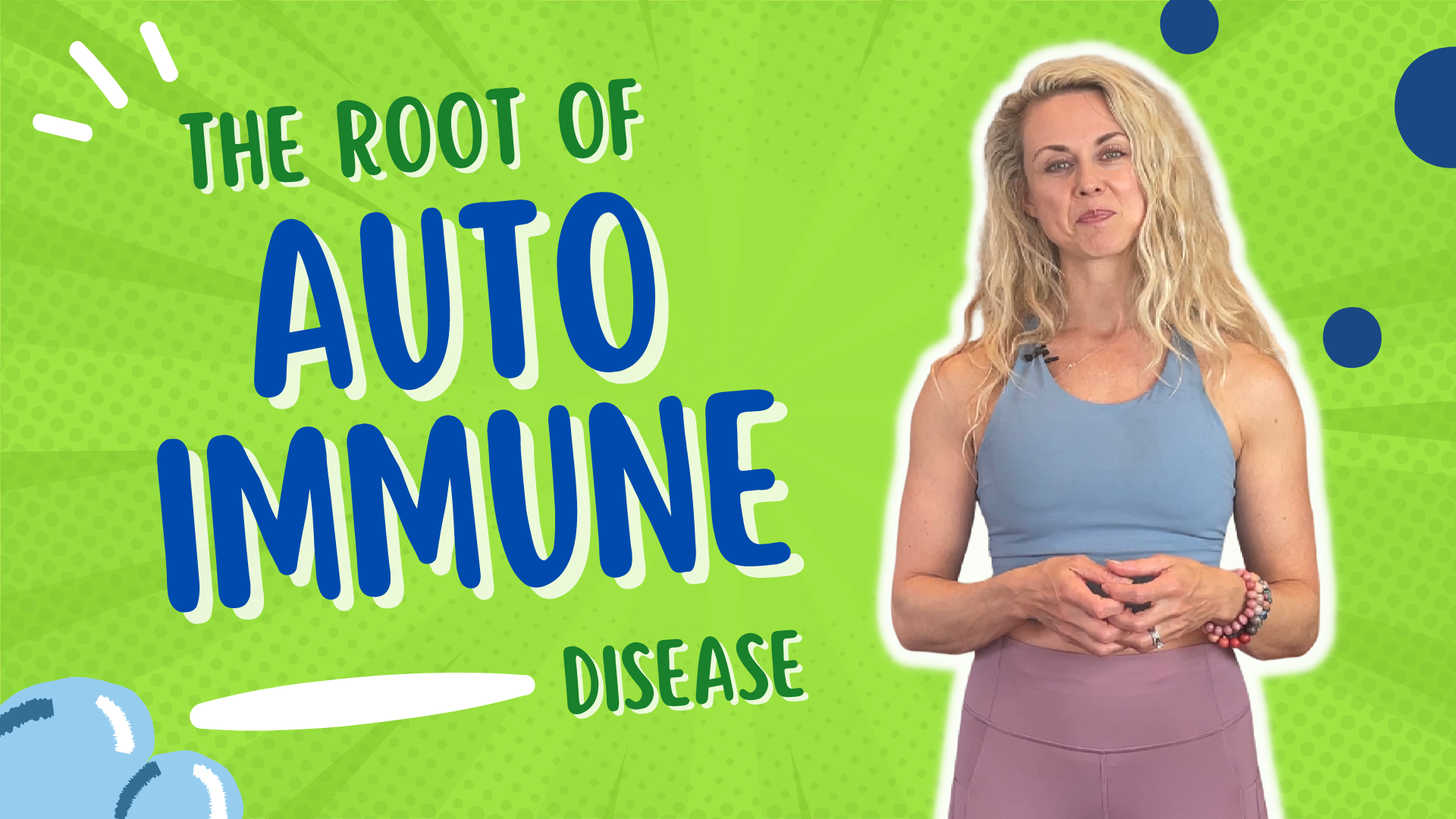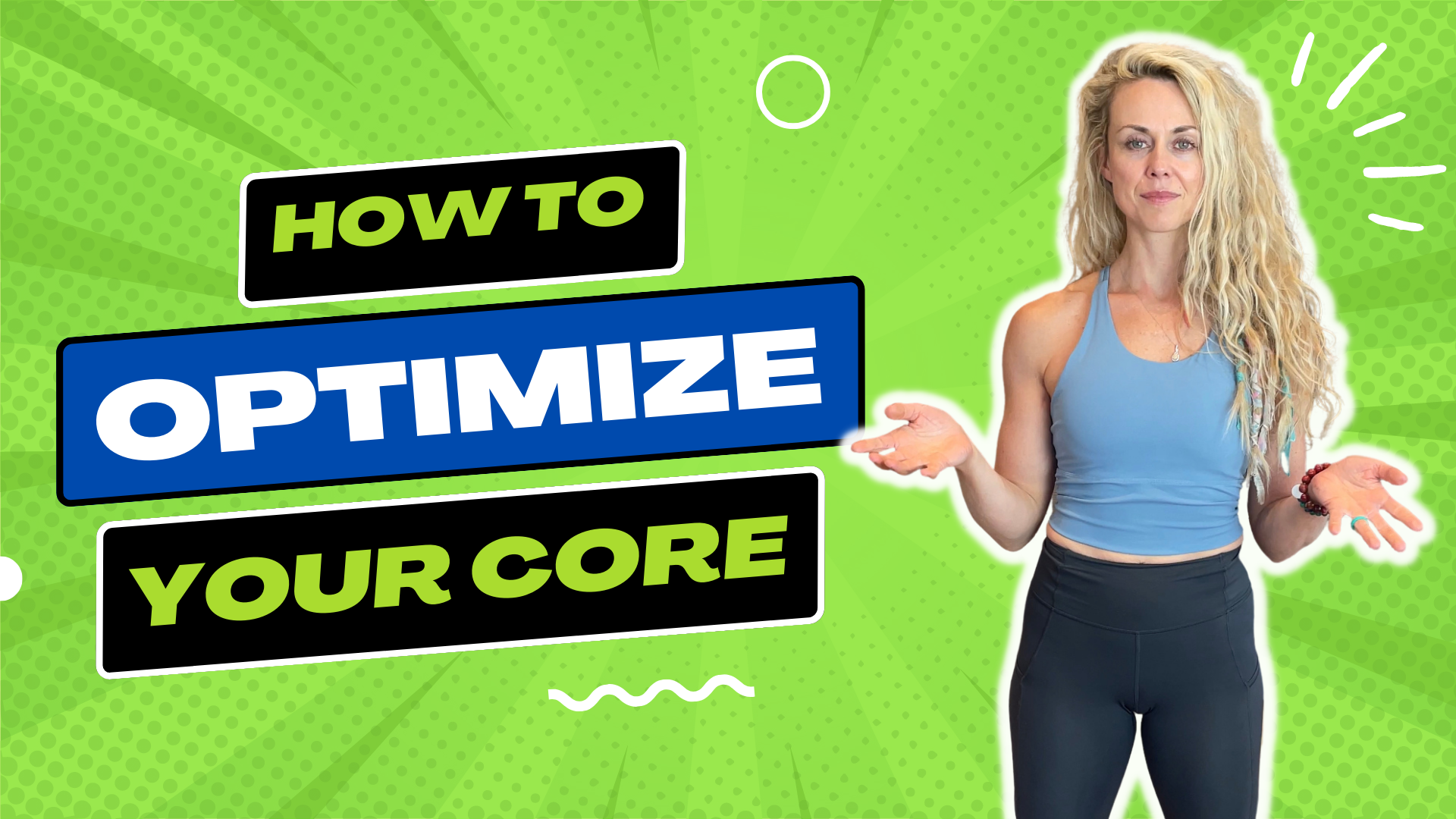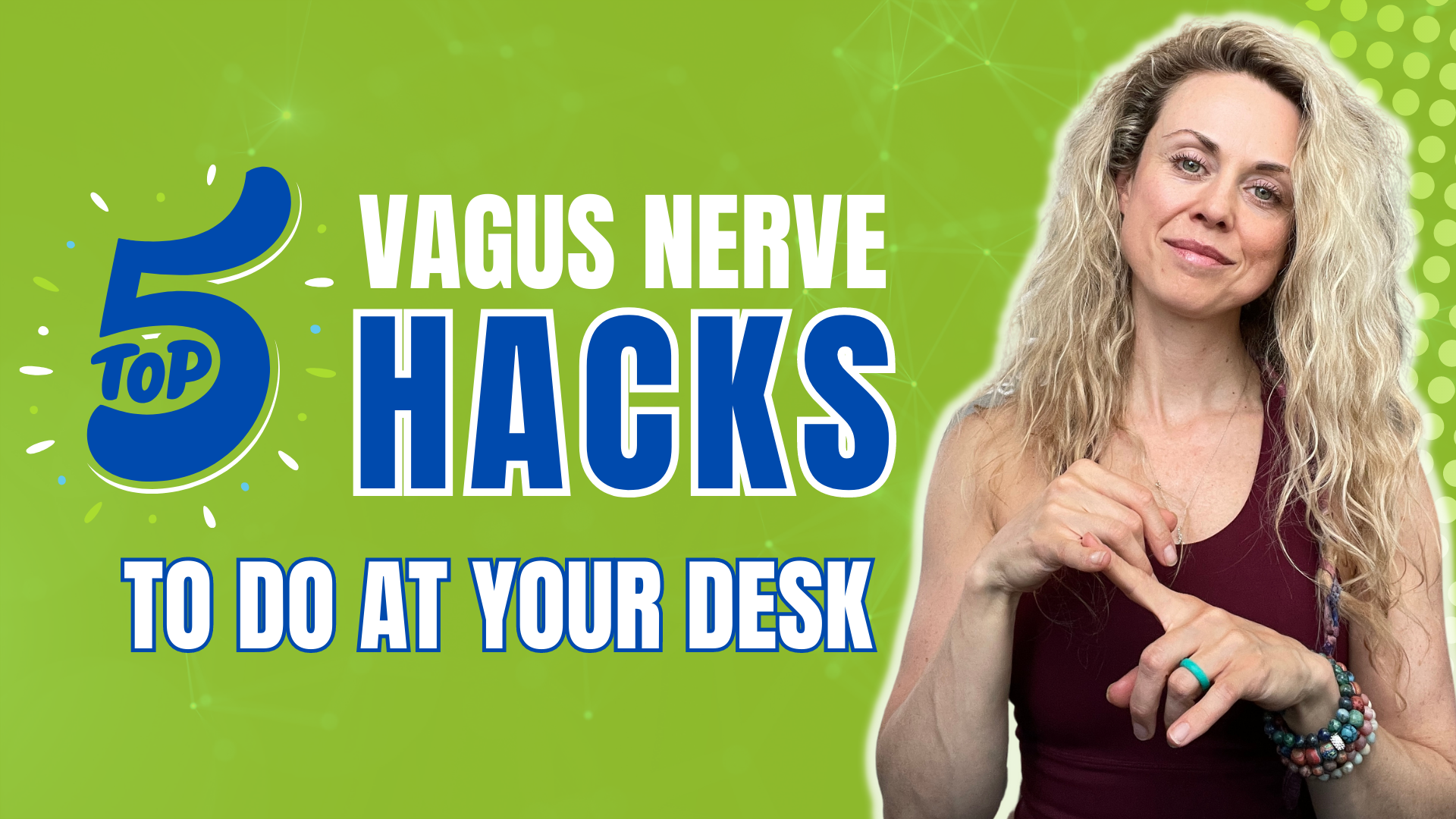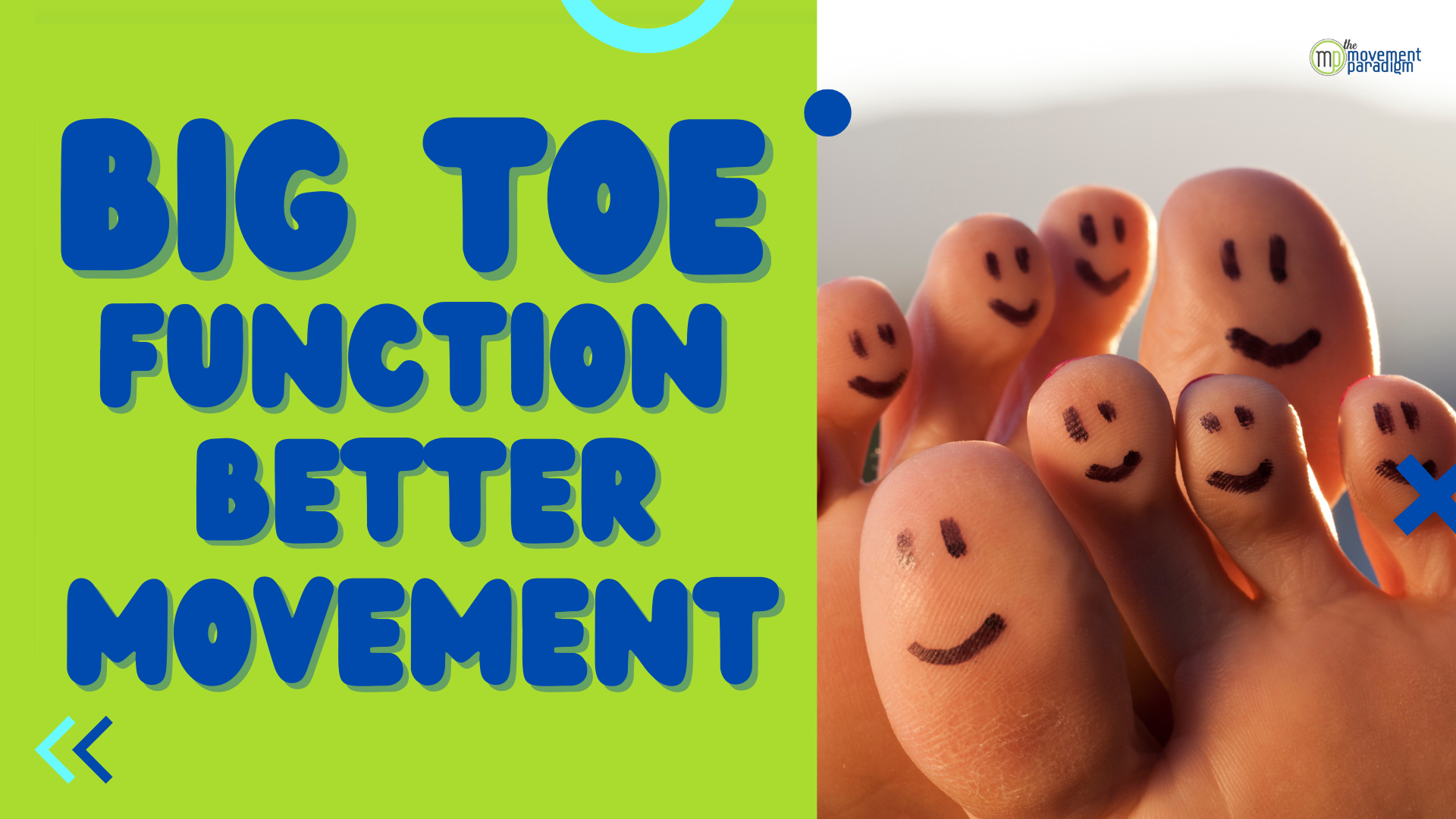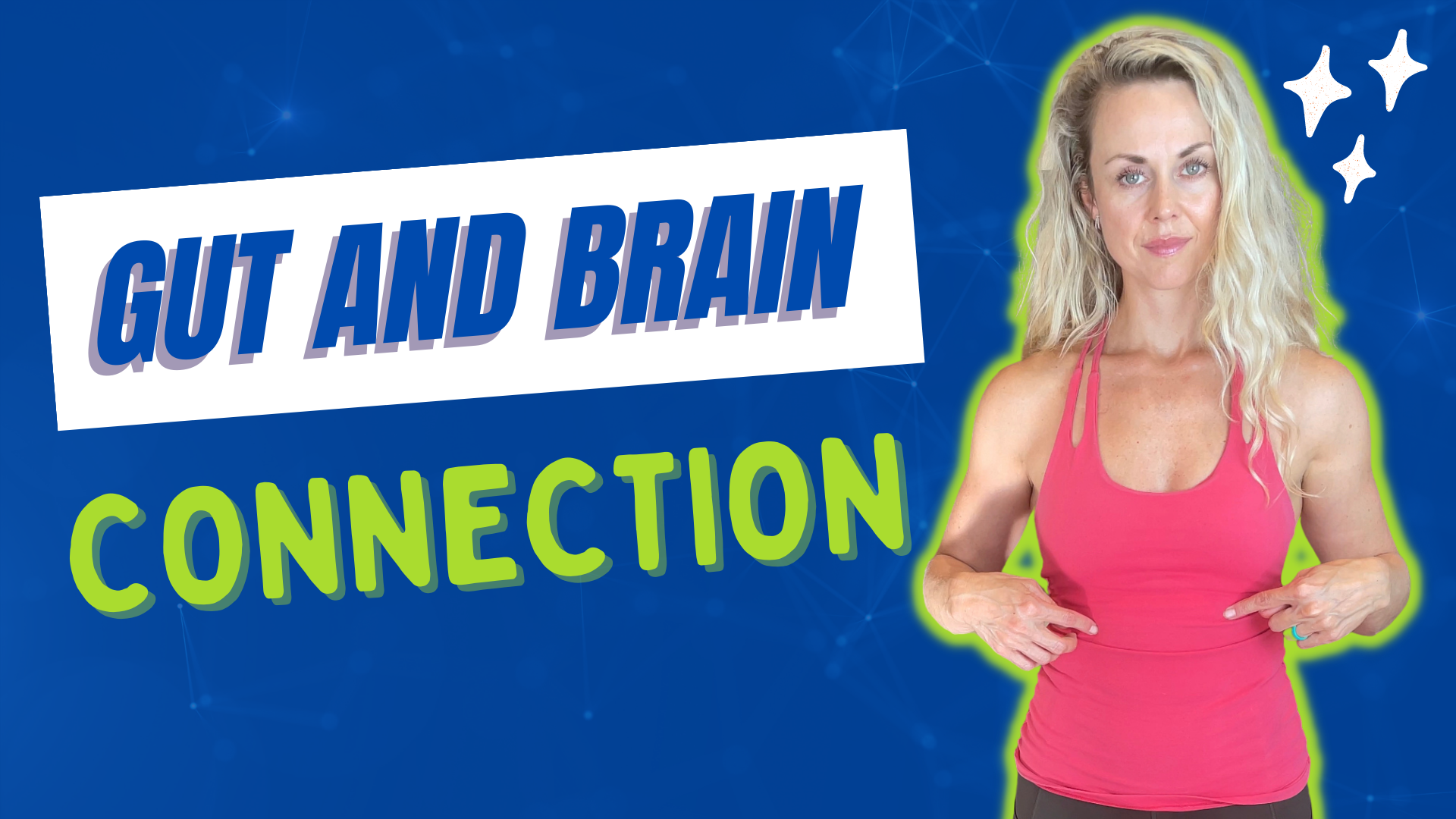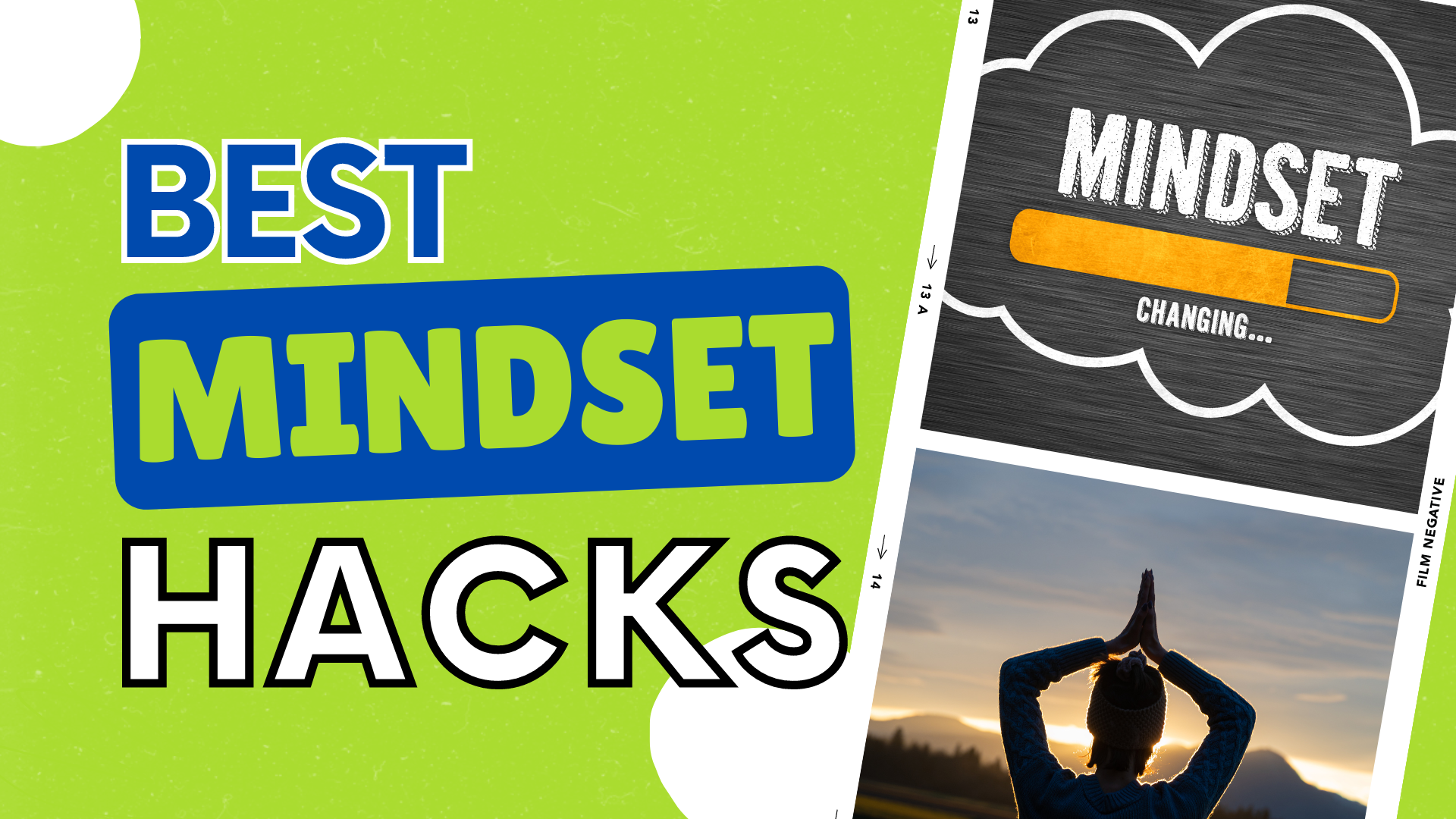Have you ever wondered how to achieve a better balance in your daily life? Whether you’re an aspiring athlete aiming for peak performance or someone seeking to navigate life’s challenges with grace, balance is the key to unlocking your full potential.
In this article, we’re going to explore five invaluable tips that can revolutionize your sense of stability. So, join us on this enlightening journey as we uncover the secrets to improving your balance and empowering your every move.
Rather watch or listen?
What You Need to Know About Balance
As we break down balance a little bit further, we want to think about three essential aspects of balance. We have our visual system, vestibular system, and our somatosensory system.
All of these are essential in being able to train this as an integrated system to improve performance in life or in sport, or prevent falls and improve movement longevity.
Let’s talk about five ways that you can improve your balance.
Ways You Can Improve Your Balance
1. Create a Safe Environment
Optimal stability requires us to feel safe within our nervous system. For instance, imagine standing on one leg and feeling shaky and unable to maintain that position. In such a case, your nervous system might not feel secure in that particular stance.
To create a safe environment, consider modifying the exercise by using a kickstand. This involves kicking the leg down at the back while primarily focusing on balancing on the front leg. By doing so, you’ll feel safe and optimize your stability and balance in that specific position.
It’s crucial to breathe diaphragmatically while maintaining a comfortable posture throughout the movement. If you feel unsafe, your ability to breathe diaphragmatically will be hindered due to a fight-or-flight response triggered by a survival mechanism.
2. Incorporate the “Short Foot” Exercise
The “short foot” exercise is more than just a foot exercise; it’s a foot-to-core sequencing exercise that enables us to connect our foot to our pelvis and the rest of our body in a highly integrated manner.
To perform the short foot exercise, start by rooting the tips of your toes into the ground. This action will gently lift the arch of your foot. Remember, the exercise extends beyond the foot itself; it’s about connecting the foot to the entire body.
Begin by taking a breath in, exhaling gently, and rooting the tips of your toes into the ground. This activates deep stabilization in the foot and activates the deep front fascial line. This fascial line connects the foot to the pelvic floor, diaphragm, and even extends up to the tongue and neck. The short foot exercise is one of the best ways to improve balance over time.
Start with basic progressions of the kickstand position, and as we’ll discuss later, gradually move into more dynamic positions involving lunging and other everyday movements.
3. Utilize Multi-Sensory Integration
For this purpose, you can incorporate tools such as a Naboso mat, a textured surface that stimulates specific mechanoreceptors in the bottom of your feet. Increasing sensory input from the environment enhances your movement quality, balance, and stability.
Additionally, consider holding a Naboso ball or sensory stick, another textured surface that can stack sensory information. Begin by standing on a Naboso mat or a textured surface or a wood floor, as it provides excellent balance training compared to a yoga mat or carpet, which decreases balance.
Optimal sensory integration is achieved on hard surfaces like wood or textured flooring. To further enhance integration, you can introduce visual cues by focusing on a specific object while standing on one leg on the sensory surface. You can even incorporate your hands to add an additional layer of sensory integration.
Remember, our human body relies on sensory information to move efficiently. Gradually adding these elements at a comfortable pace during your balance training can significantly improve your balance.
4. Progression for Effective Training
It’s essential to follow a progression plan that suits your current abilities. Training on a hard surface, preferably a sensory surface that provides additional information to your nervous system, is crucial. Avoid the common mistake of training on unstable surfaces where you don’t feel safe and rely more on your large nerves rather than the small ones that contribute to balance.
Also, focus on progressing from static positions to dynamic positions. Begin with slow movements before gradually increasing speed. By following the principles of progression and progressive overload, you can steadily advance your balance training. Start with the basics, creating a safe environment, and then progress to higher-level exercises.
5. Integration of Movements
We’ve already discussed the importance of the short foot exercise, suitable surfaces, and progressions in balance training. Now, let’s focus on integrated movement patterns.
The short foot exercise works on fascial tensioning throughout the body, emphasizing tension and elasticity, which are crucial in our movement patterns. When performing balance-challenging exercises such as reaching or changing positions, we promote fascial integration, maintain control, stay in a safe environment, and breathe diaphragmatically.
By combining all these steps, we can significantly enhance our balance. However, relying solely on unstable surfaces like Bosu balls or foam pads might not be the most efficient way to train.
Key Takeaway
Today, we have discussed some basic principles of balance. Please note that there are many other layers and exercises related to balance, but I wanted to provide you with a good understanding of how to gradually and safely improve your balance.
Remember that as we age, our feet require more stimulation to achieve the same response, and stimulating the skin on the bottom of our feet through barefoot training can positively impact balance.
If you found this helpful, please like, share, and subscribe to our YouTube channel, The Movement Paradigm, for weekly tips on mindset, nutrition, and movement.
If you need assistance with your movement, barefoot training, or overall health, please reach out to us. We would love to help you.
Other things that might interest you:

